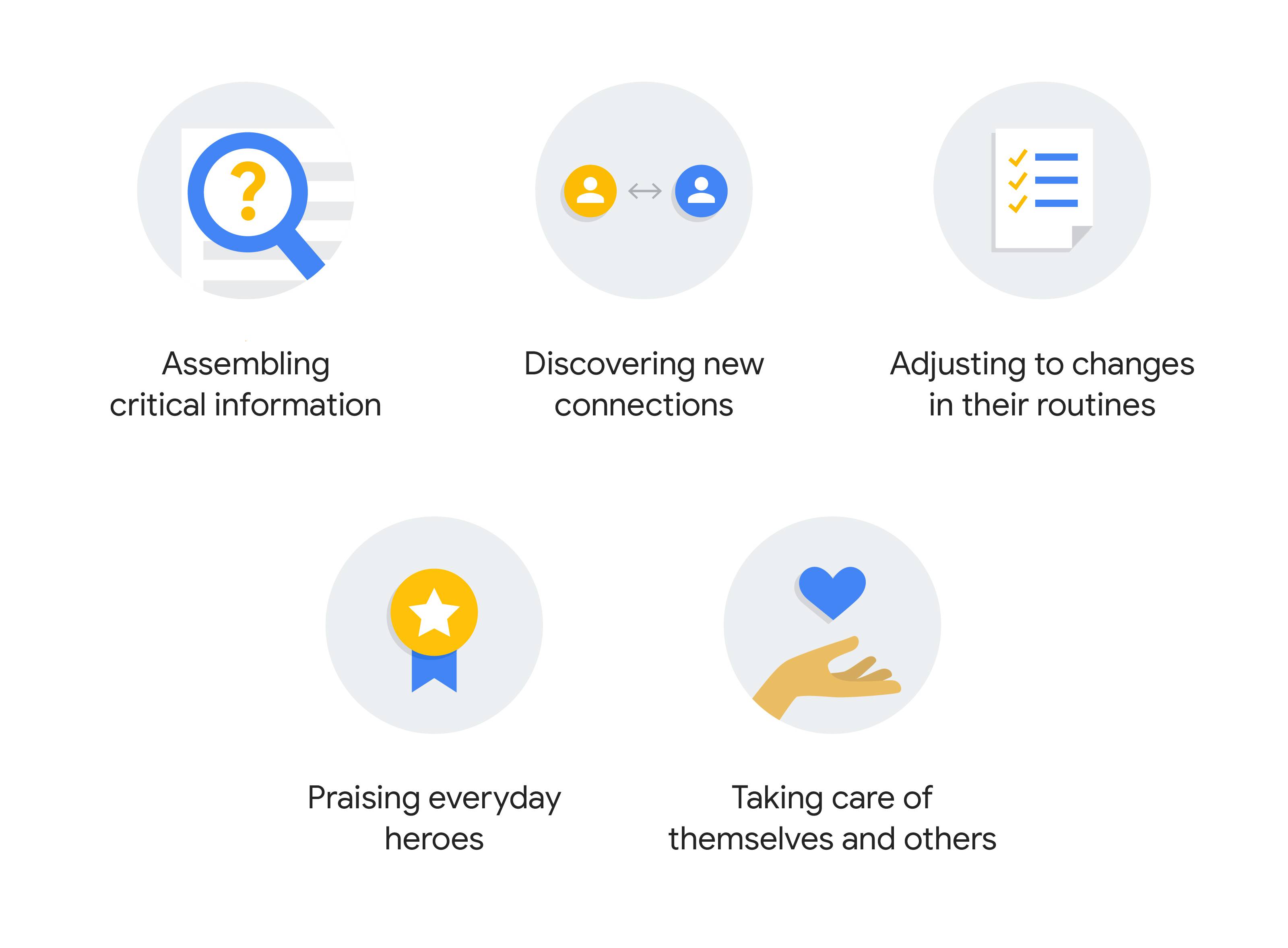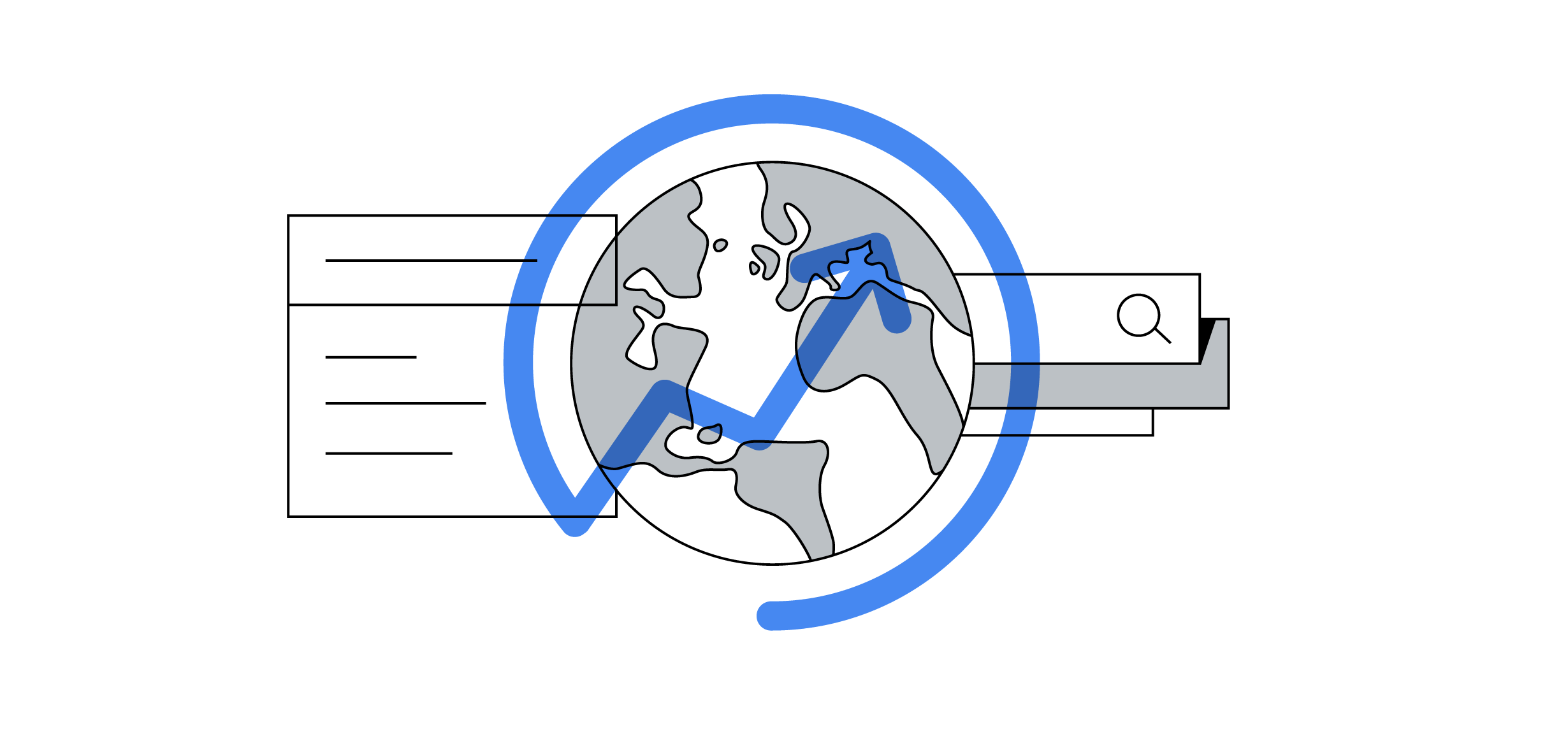I considered baking my own bread the other day. Seriously. And I’ve started over a dozen DIY projects. I even completed a few. For anyone who knows me, these are sure signs of everyone’s new favorite phrase: unprecedented times. And I’m not alone. No doubt many of you now find yourself doing things you would have never anticipated just months or even weeks ago due to the coronavirus. Search interest in “how to” has spiked globally in the past few months, especially in the Philippines and Singapore.1 And while some of this is about making your own hand sanitizer or protective equipment, there’s also a breakout rise in topics like “how to make dalgona coffee,” or “how to make kimchi,” which rose by 4,200% in the last 30 days.2
While a silver lining to all this turbulence may be finding hobbies or nurturing new skills, the stark reality is that the normal course of business and daily life is, well, no more. All organizations will be touched by this pandemic. Consumer behavior is changing daily, and the question I’m getting most often from people right now is how we as marketing professionals can be more helpful to our customers in these fluctuating moments.
Google data can give us insight into that. At a high level, we are seeing five behaviors playing out in Google data across markets, reflected in how people are searching.
5 behaviors reflected in how people are searching

Assembling critical information and content they need to get by
The coronavirus has made normal life anything but normal these days. With retailers adapting to delivery or online models, schools closing, and much of the workforce staying home, people are looking for clear, specific information about where, how, and when to get the things they need.
Search interest related to retail has spiked globally over the past few months as people try to find relevant things to negotiate the new normal.3 And as people limit their trips to grocery stores while still trying to remain healthy, there’s growing search interest in things like “food that lasts long” (“makanan yang tahan lama”) in Indonesia,4 which saw a rise of 160%, and “fresh delivery” in Malaysia, which grew by 1,050%.5 We’ve also seen a 300% increase in “homemade pasta sauce” in Australia,6 and a 1,050% rise in searches for “vitamin c fruits” in Pakistan,7 for example.
How brands can help consumers: Be useful as people’s needs evolve
- Acknowledge the new reality.
- Give people credible, detailed, and current information about your operations. Reinforce that you’re there to help.
- Regularly update communications across your website, blogs, social handles, and even your Google My Business page to ensure people are in the know.
- Be flexible. Help customers with cancellations, refunds, and customer service.
For example: Ninjacart, an India-based fresh produce supply chain startup, is offering subsidized rates on provisioned fruits and vegetables to old-age homes, orphanages, and lower economic areas in India. McDonald’s Philippines outlined the stringent precautions they are taking to protect their customers and employees during this period.
Discovering new connections and nurturing relationships
Even as people physically distance themselves, they’re discovering new connections and nurturing relationships, whether virtually or in their own household. On YouTube, for instance, we’ve seen a rise in “with me” videos, where people film themselves going about ordinary tasks like cooking, cleaning, or shopping. YouTube searches of the term “study with me” has seen increased interest in South Korea, Singapore, and Hong Kong.8
People are also looking for new ways to connect with people from afar. In India, search interest for “online game” increased 61%, while searches for “light game” in Hindi also soared as users struggled for bandwidth.9 In Indonesia, “netflix party” searches have increased dramatically in the last 90 days.10
How brands can help consumers: Forge new communities and connections
- Look for ways to connect to your customers, locally and globally.
- Consider whether your brand has a role to play in creating or enhancing shared experiences, virtually or otherwise.
For example: In an effort to counter feelings of isolation during the period, February 2020 saw the launch in Wuhan, China, of a nightly program online for medical workers, allowing them to share their feelings, talk about books, and give tips on coronavirus prevention and control. The Shanghai Book Fair – Love Reading, Love Life includes book reviews, readings, and thoughts from writers, artists, celebrities, and vloggers as well as book recommendations, articles, and songs.11
Adjusting to changes in their routines
As routines and schedules change to meet the demands of isolation, so do people’s online habits and expectations. For example, search interest for “DIY masks” peaked in February, when the outbreak first affected Hong Kong,12 while searches in “online learning” in Thai spiked in March in Thailand.13 With more down time, India has seen a 180% increase in searches for “laptop on rent.”14
Workout routines are getting an overhaul all over the world too. As people increasingly remain at home, India’s “full body workout at home” search queries grew by 90%.15 In Singapore, searches for “home workout” have doubled in the last 30 days.16
One adjustment we’ve all noticed when consuming local news, national news, or even late-night shows is that people are looking to entertain themselves at home. For example, in India searches for “online quiz” grew three-fold,17 and “DIY crafts for kids” grew six-fold.18
How brands can help consumers: Adjust to people’s nonroutine routine
- Let people know that solutions are available whenever, wherever.
- Assess when people need you most, whether through your own first-party data (like site analytics or email opens) or Google Trends, and adjust your communications strategy accordingly.
- Update or publish often. There’s a need for content that informs, entertains, connects, and promotes wellness.
For example: Dettol Indonesia gives crucial advice on how to wash your hands properly.
Praising everyday heroes
We’ve all noticed a growing appreciation for the new everyday heroes among us. Whether health care workers on the front lines or cashiers and delivery people keeping us supplied, many are risking their own health or safety to help others.
Inspired by the U.K.’s celebration of its National Health Service workers, Singapore saw a similar showing of gratitude, with the search term “Clap For #SGUnited” spiking at the end of March.19 Hong Kong also saw a similar initiative. Beyond Asia, the notion of “thank essential workers” has taken a sudden upturn in search interest worldwide.20
How brands can help consumers: Support heroes
- Look for people who are helping, and find ways to support or celebrate them.
- Consider who the heroes are among your employees, your customers, or even your local community.
- Consider whether you have nonhuman heroes that can contribute, like your technology, your operational rigor, or your equipment.
For example: In Hong Kong, HSBC ran a public display, giving thanks to the unsung heroes, while Deliveroo partnered with 20 Hong Kong shopping malls to help food and beverage tenants expand delivery service during the crisis.
Taking care of themselves and others
As boredom, anxiety, and uncertainty set in, people are taking care of their own physical and psychological needs as well as those of friends and loved ones. We’ve seen rising search interest in “painting” and “riddles” in Pakistan.21 In Malaysia, views of mindfulness videos were more than 90% higher in the first four weeks of March 2020 than the same period last year.22 And even outdoor home projects seem to be trending with rising global search interest in landscaping, especially in Australia.23
How brands can help consumers: Find ways to enrich people’s lives
- Facilitate virtual collaborations with outdoor spaces and the cultural institutions people yearn to visit.
- Join the conversation about home-based health and well-being.
- Pivot to platforms and formats that make sense for people staying home.
For example: In Singapore, the Esplanade Theatres are moving all their shows online, allowing people to educate themselves on the arts from their screens.
The more helpful brands can be, the better they’ll fare now — and even more importantly, in the long run. Overall, 76% of consumers in the Philippines and 69% of consumers in Singapore approve of large corporations’ responses to the current evolving situation.24 These are trying times, but we’ll all get through it together and hopefully come out even stronger on the other side.








